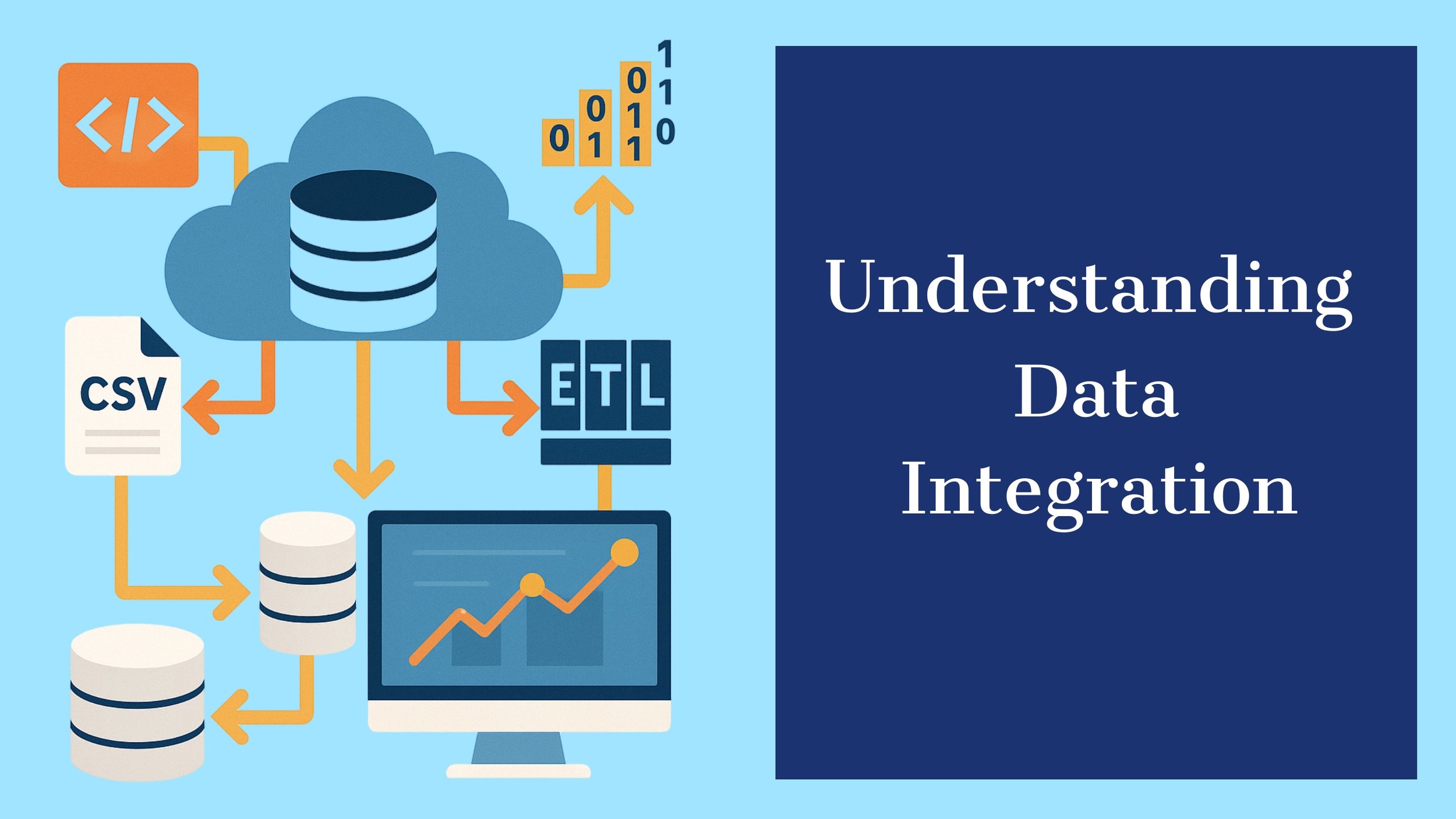Understanding Data Integration
Data Integration enables an organization to combine data from different sources into a unified and meaningful format that expands analysis capabilities, improves operating efficiency, and better informs decision-making. It can be achieved through a variety of tools and techniques, each with its own benefits and drawbacks. Depending on the data and systems in your organization, you may choose to use one or more of the following common integration techniques:
Application Programming Interfaces (APIs): Tools that act as intermediaries between applications, defining how they pass information back and forth. Not all systems have available APIs, but when they do, it provides a way to seamlessly communicate and share data with each other.
Comma-Separated Values (CSV): For simple data sources, CSV provides a straightforward way to download and upload batches of data. It is supported by a wide range of software applications and programming languages and does not require any special software or complex parsing algorithms to handle.
Extract, Transform, Load (ETL): This is a 3-step process where batches of data from each source are transformed into a common structure so they can be loaded into a common data repository. Because this approach is batch-based, this is not ideal for situations that require real-time updates.
Change Data Capture (CDC): Unlike ETL, CDC focuses only on changes that occur in specific data and propagates those changes to the common data repository. Once you have established your repository (e.g., ETL), this method keeps the data between the source and destination synchronized in near-real-time.
Data replication: Involves copying and maintaining data in multiple locations or systems to increase availability of the data. This is helpful for backups, disaster recovery, and load balancing in distributed environments; however, it does increase storage costs and security risks, and it requires synchronization strategies to ensure updates are captured across locations.
Data virtualization: This is a sophisticated technique for accessing and managing data from multiple sources as if it were in a single, unified repository without physically moving or copying the data. This approach has a high upfront cost and is not ideal for situations where you need to track historical data; but it does enable you to provide secure access to a variety of users for real-time analysis and decision-making.
Data integration is all about harnessing the power of your data. Using these techniques, organizations can design effective strategies for viewing, managing, synchronizing, and ultimately leveraging their valuable data to increase efficiency and stay competitive in their market.

